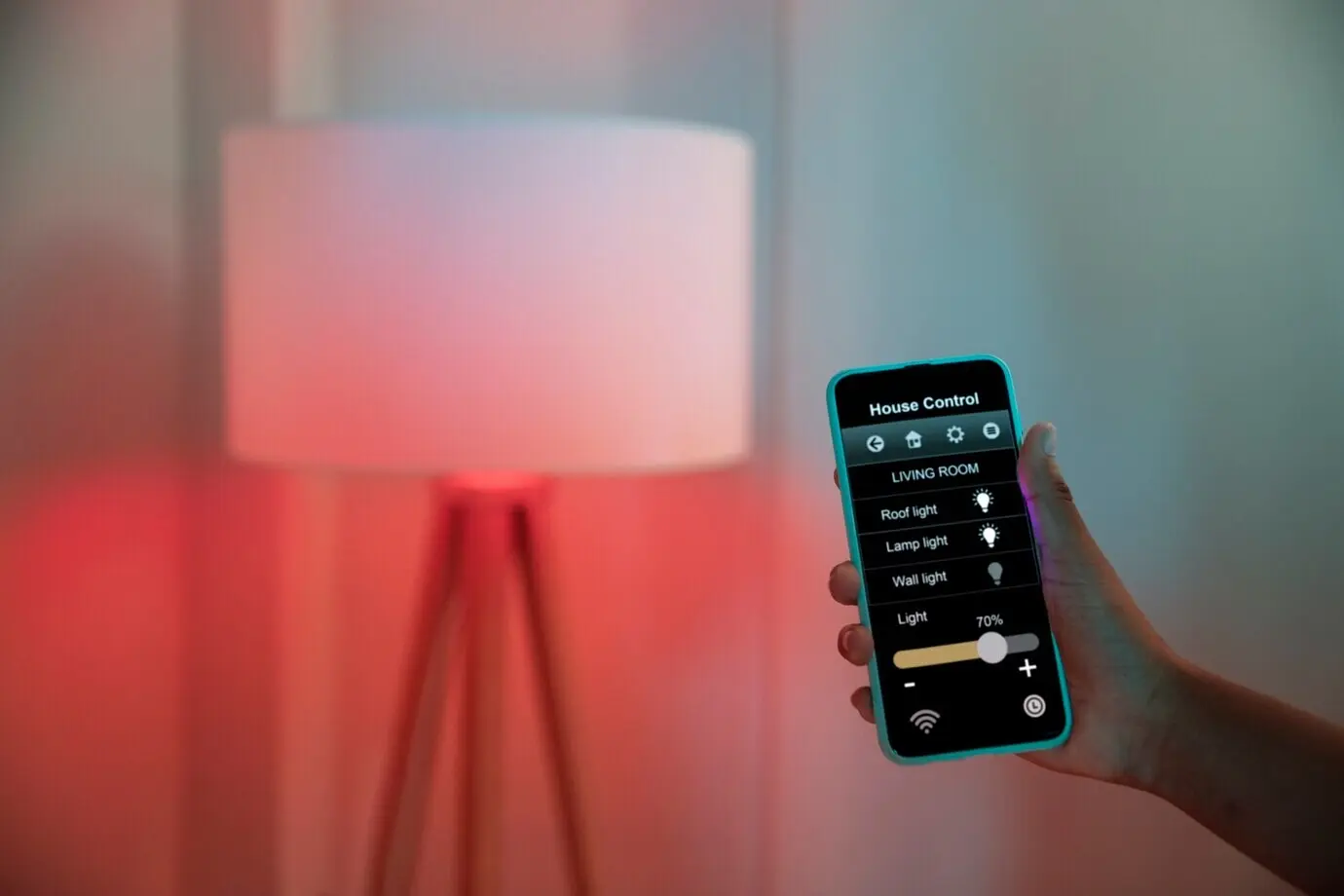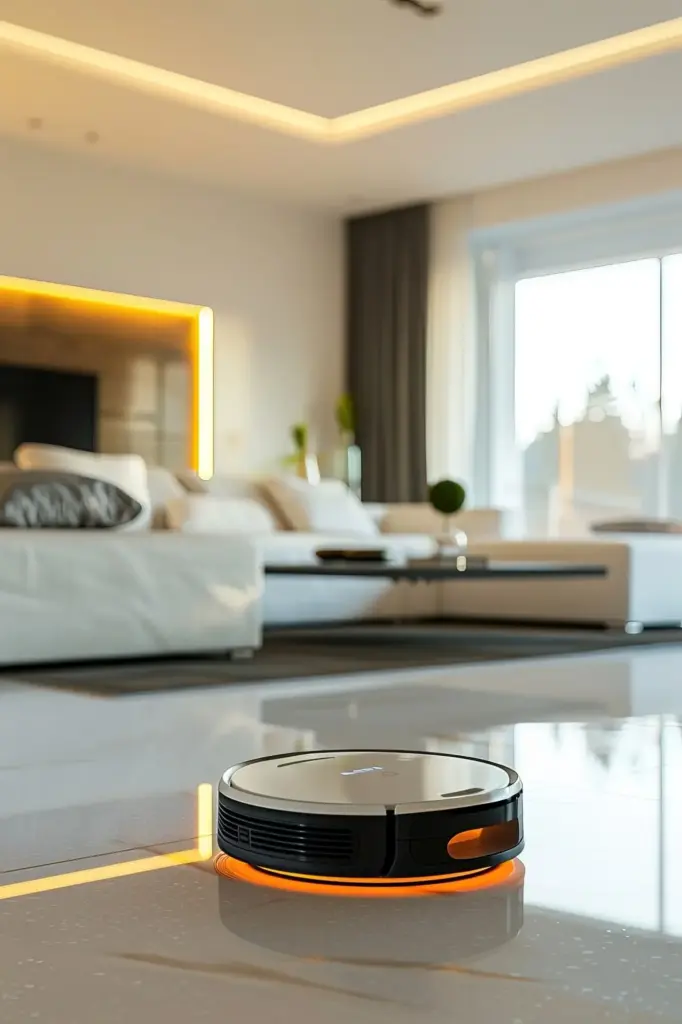Smarter Comfort, Lower Bills: Energy Management Meets Home Automation
Understanding Your Energy Baseline
Reading Smart Meter Signals
Hourly or fifteen‑minute intervals expose everyday rhythms: morning warmups, afternoon cool‑downs, weekend surprises. Overlay temperature and occupancy to separate HVAC from everything else, then tag anomalies like simultaneous heat and cool. As patterns stabilize, you’ll spot effortless opportunities—shifting schedules, preheating, or pre‑cooling when rates are low.
Mapping HVAC Duty Cycles
Runtime data from compressors and air handlers shows duty cycles across rooms and days. If one zone runs far longer, investigate restrictions, oversizing, or sensor placement. Align setpoints with occupancy so systems idle confidently, rather than chasing empty spaces and masking deeper airflow or insulation issues.
Seasonality and Weather Normalization
Weather swings can hide true progress. Normalize usage by heating and cooling degree days, and check year‑over‑year comparisons for similar weeks. This perspective rewards steady habits, reveals misconfigurations after firmware updates, and highlights how preconditioning strategies outperform reactive control during heatwaves and cold snaps.
Smart Thermostats and Zoning That Actually Works

Automation Rules That Save Energy Without Sacrificing Comfort
If-This-Then-That, But Thoughtful
Setpoint Drift and Deadbands
Demand Response and Utility Signals
HVAC Hardware Tweaks for Efficiency
Filters, Coils, and Airflow
Clogged filters and dusty coils throttle airflow, forcing longer cycles and noisier rooms. Schedule reminders based on runtime, not calendars, and keep spares on hand. After cleaning, verify improvements by checking quieter fan ramps, steadier temperatures, and reduced energy intensity during identical weather conditions.
Variable-Speed Fans and Staging
Variable‑speed blowers and staged compressors let automation modulate output to match load precisely. Lower speeds often feel calmer and dehumidify better. Tune ramp profiles and minimum runtimes so equipment avoids short bursts, protecting longevity while keeping rooms consistently comfortable during changing shoulder season conditions.
Sealing Ducts and Eliminating Leaks
Leaky ducts waste cooled or heated air into attics and basements. With a smoke pencil or pressure test, identify gaps and seal them carefully. Afterward, register temperatures stabilize, runtimes shorten, and your automation’s decisions finally align with what occupants actually feel in rooms.
Data Dashboards, Alerts, and Continuous Improvement



Real Stories, Costs, and Payback
All Rights Reserved.